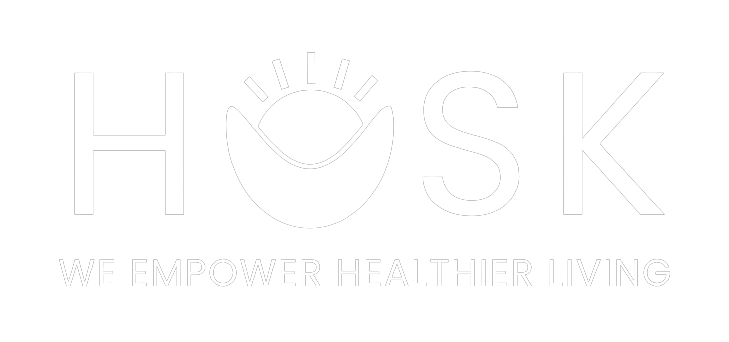
“Steps” to Building a Culture of Happiness
First, we need to establish that happiness is a good predictor of job performance. So how do you ensure an environment of happiness, and why is that important in the workplace? If “happier people set higher goals for themselves,” then let’s find some actionable items to get there.1
Here are the four key elements employees need at work to be happy:
- Autonomy– Freedom is a better indicator of happiness than money or rewards.
- Gratitude– Showing appreciation for and recognizing employees at team meetings or spontaneously.
- Friendship– Facilitation of workplace friendships through celebrations, events, volunteer opportunities, and more.
- Activity– Joining together for leagues, teams, competitions, days of service, and walking meetings.
How can you support activity during work hours? Try taking your meetings for a stroll. Those who participate in walking meetings are happier and more satisfied at work. The office walk-and-talk combines fresh air with activity, leading workers to feel more satisfied with their day.
The When, Where, and How:
- Points of Interest– Choose a specific destination to entice people to join.
- Avoid the Coffee– Don’t add back the calories you’re burning with creamy, sugary beverages.
- Plan Ahead– Give employees a day’s notice so they can be prepared with comfortable shoes and water bottles.
- Keep it Small– Limit attendance to no more than 4 people in order to keep everyone engaged and within earshot.
We know that the walking meeting supports employee happiness by getting a break from the fluorescent lighting and recycled office air. But when is it appropriate to take your meetings for a stroll? Here are some dos and don’ts:
Strategizing and Creating a Vision– Free-flowing conversations help generate high-level ideas, and walking improves creative thinking.
One Item Agendas– When you need to work out a specific detail, getting out of the space that’s keeping you stuck is a good idea, plus walking elicits reflection.
Difficult Times– Standing beside someone (versus sitting across from them with a table separating you) enforces collaboration. It helps you see your teammate as a partner (literally being on your side), not a problem.
Numbers and Figures– Don’t risk papers flying, tripping, or dropping a tablet by walking when you need to rely on graphs, charts, facts, and figures.
Menu
© 2024 – HUSK | All rights reserved | Privacy Policy |
Terms & Conditions
|
Security & Compliance
|
Status
Instagram
Facebook
Linkedin
Twitter
Solutions
Mental Health
Movement
Marketplace
Nutrition
Physical Therapy
Rewards
HUSK Pro
Company
About
Contact
Press
Blog
Mental Health
Movement
Marketplace
Nutrition
Physical Therapy
Rewards
HUSK Pro
Company
About
Contact
Press
Blog
© 2024 – HUSK | All rights reserved | Privacy Policy

